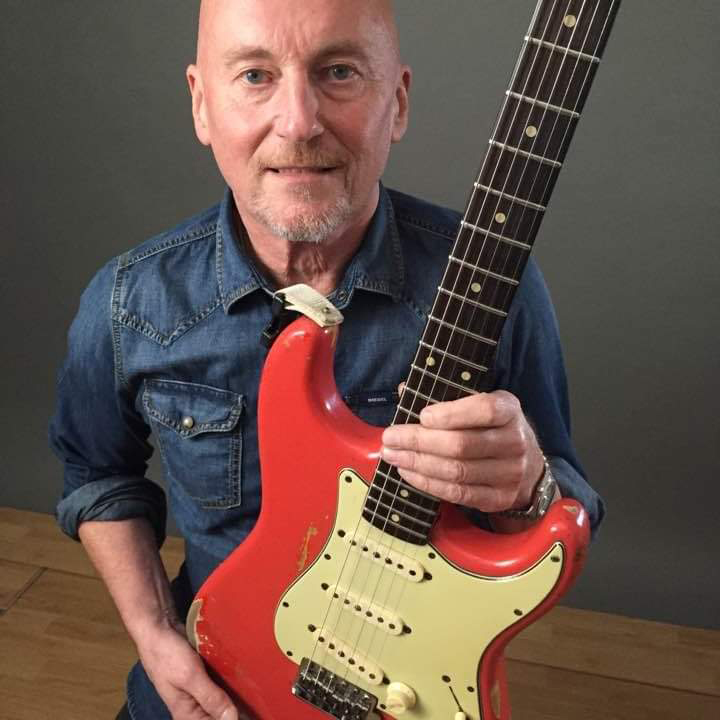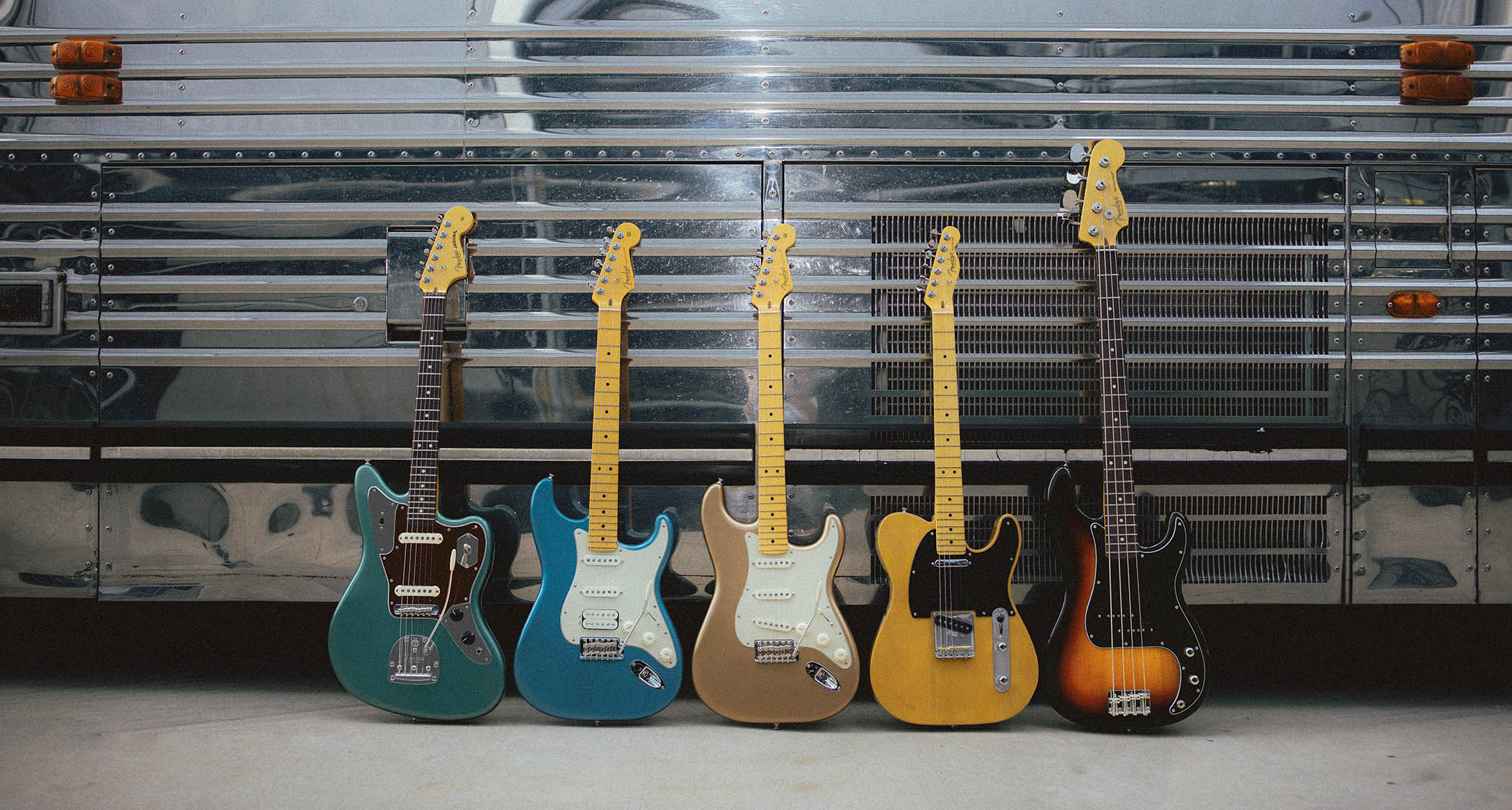“An unspecified buyer dipped into their pocket for $2,857,500 – so far a record for any guitar previously owned by a Beatle”: The story of the Framus Hootenanny, the resurrected John Lennon favorite that was a key component of Beatles tone
Loved by the Animals, the Stones, and most famously John Lennon, what was it about this Framus 12-string that made it a staple of ’60s rock tone?

The release of the Beatles’ album Help! in August 1965 marked a significant shift in the group’s sound. Their fifth LP release, it would also be their second film soundtrack, following A Hard Day’s Night from July 1964.
The band had met folk singer-songwriter Bob Dylan while in America that same year, and been bowled over by the compositions on his second album, The Freewheelin’ Bob Dylan. In conversation (and after Dylan had introduced them to marijuana), the singer advised John and Paul to “stop writing for the meat market” and come up with more thought-provoking lyrics.
This would contribute to making Help! a more acoustic-led affair, with songs that shifted away from the ‘boy and girl, you and me’ hit-making formula of She Loves You, From Me To You and I Want To Hold Your Hand.
To this end, Lennon acquired his Framus Hootenanny 12-string guitar on the band’s return to London. The unspecified shop paired it with an Australian-made Maton case that can clearly be seen in photos from the Help! film set.
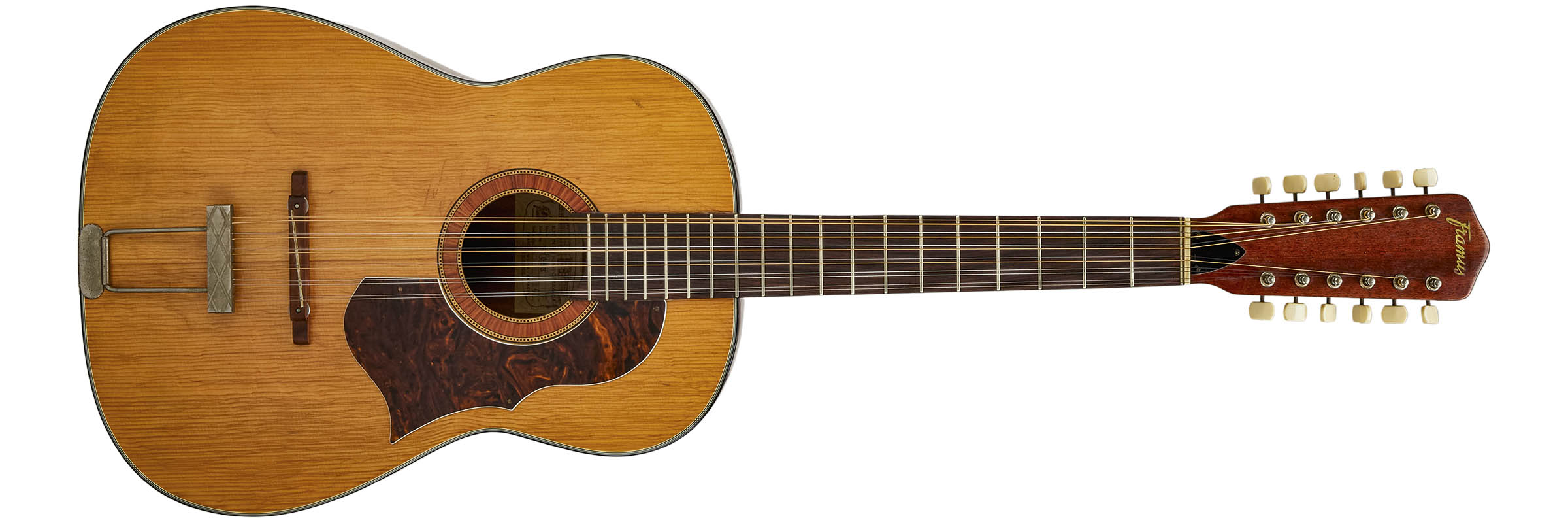
The Beatles already owned US-made acoustics – John and Paul had Gibson J-160Es and Paul had his Epiphone Texan. And at the height of Beatlemania Lennon was clearly flush enough to go this route again, or indeed that of Martin, but he obviously bonded with the German-built Framus.
It’s said he particularly liked its sound and how it blended with Harrison’s Gibson. Also, with its adjustable bridge, perhaps the guitar was easier to manage than fixed-bridge models with ’60s-style actions and the hefty strings of the day.
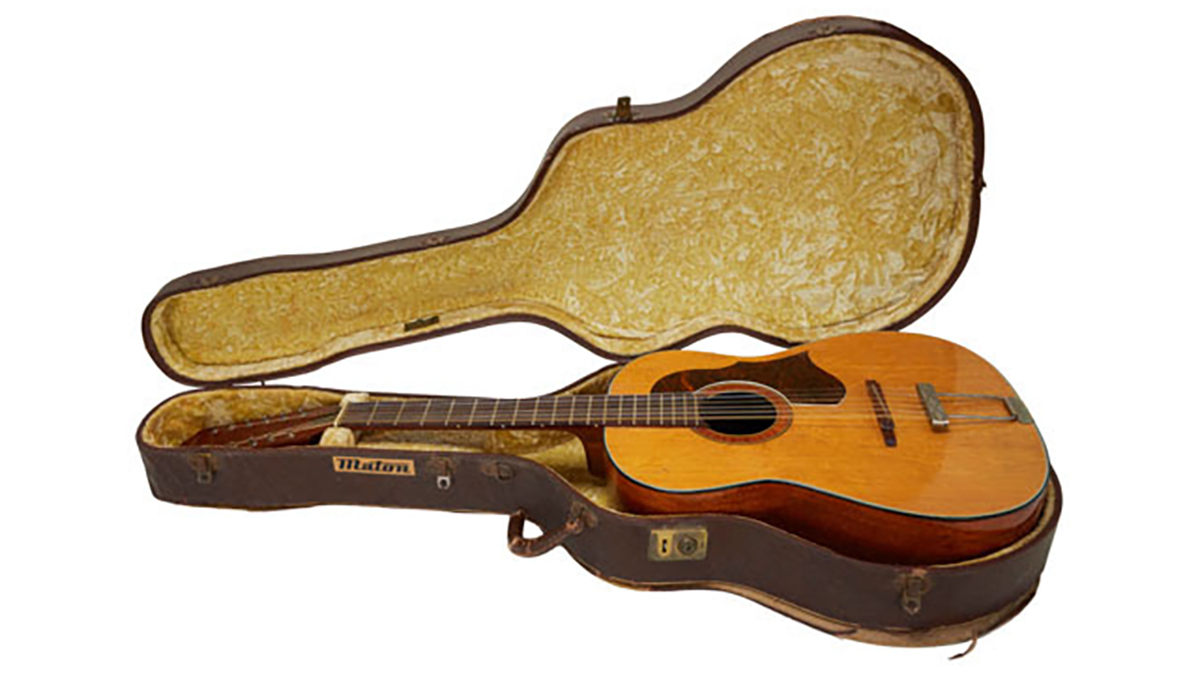
Let’s also not forget that Framus was already a popular marque with UK groups. For instance, McCartney’s own first instrument was a Framus Zenith, Bill Wyman of The Rolling Stones famously used a Star bass, and The Animals, The Herd and others also favoured the brand.
All the latest guitar news, interviews, lessons, reviews, deals and more, direct to your inbox!
Both Lennon and Harrison played the Hootenanny on the Help! album: John and George on Lennon’s Dylan-influenced You’ve Got To Hide Your Love Away, and Lennon using it to drive the wistful It’s Only Love and the title track itself. You can also see John miming to the former track in the film, and noodling on the instrument in stills from the movie.
The guitar carried over to the following album, Rubber Soul, too. Lennon played it, capo’d at the 7th fret, on his soulful ballad Girl, while Harrison provided rhythm back-up on McCartney’s uptempo I’ve Just Seen A Face and John’s Norwegian Wood (This Bird Has Flown).
These were the last Beatles songs on which the Framus would be heard, since at the end of 1965 John presented the Hootenanny to Gordon Waller of Peter And Gordon. McCartney had penned hits for the duo (the other half of which, Peter, was the brother of McCartney’s then girlfriend, Jane Asher), including Nobody I Know and A World Without Love.
Waller later gave the guitar to his manager. He stashed it away in his attic, where it stayed for decades until being discovered, still in its ‘original’ Maton case
Waller later gave the guitar to his manager. He stashed it away in his attic, where it stayed for decades until being discovered, still in its ‘original’ Maton case.
When the decision to sell the 12-string was made, Julien’s in New York proved to be the preferred auction house. Julien’s liaised with Andy Babiuk, author of the well-respected reference work Beatles Gear, to verify this was John’s instrument.
Babiuk confirmed that Framus 5/024 Hootenanny, serial #51083, is indeed John Lennon’s guitar. His detective work focused on comparable darker patches in the wood grain in the soundhole rosette, specific features on the guitar’s top, plus likenesses in the swirl of the mock tortoiseshell pickguard.
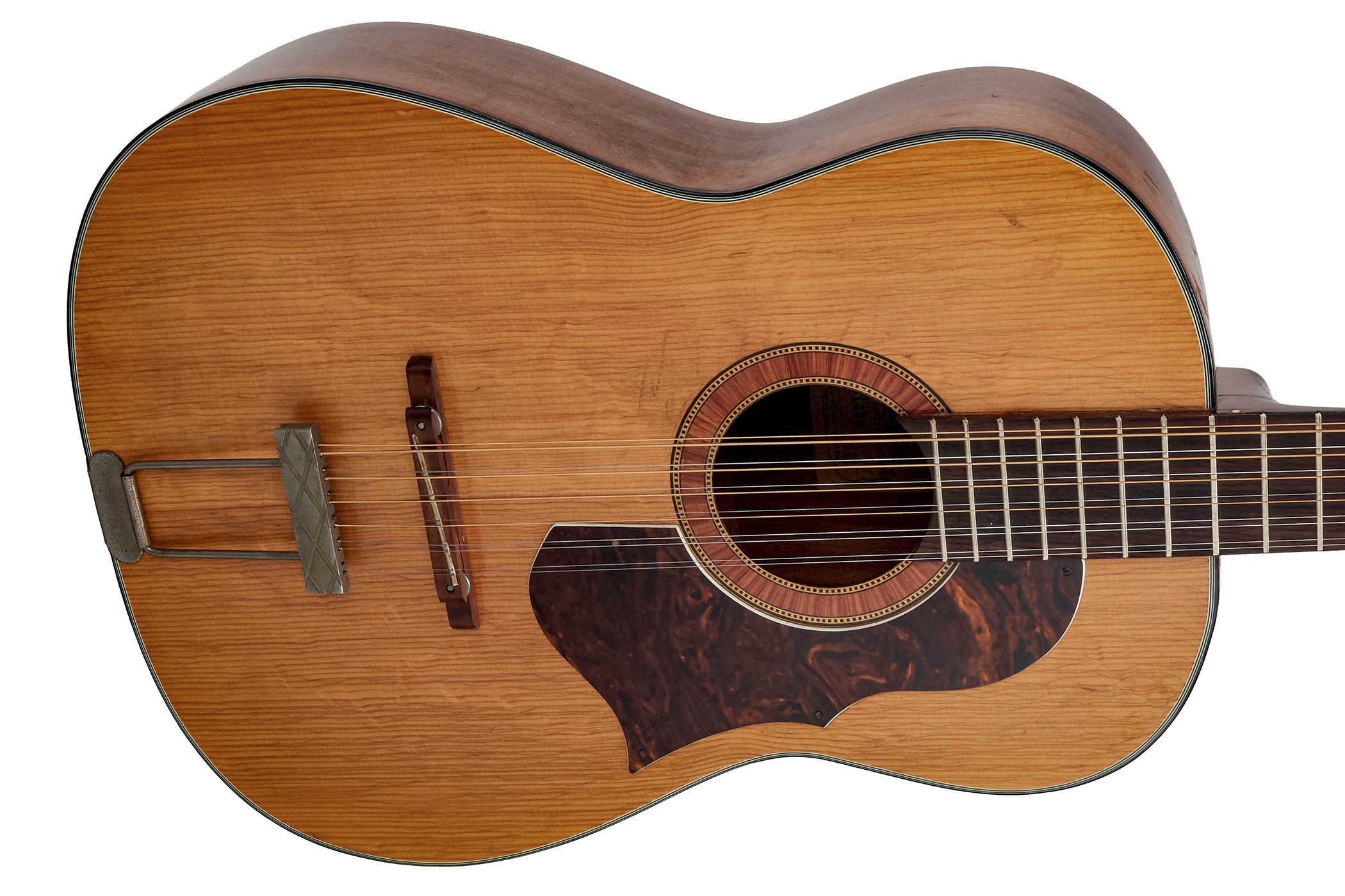
As the Framus was in poor condition after years in an attic where huge temperature fluctuations can occur, Julien’s had to make a decision about restoring the instrument to playing status or leaving it as an unplayable museum piece. Deciding to restore, Julien’s enlisted Ryan Schuermann of LA Guitar Repair to undertake the work.
Among other things, Schuermann reset the guitar’s neck, repaired the top, steam/heat-treated the warped bridge, and dressed its corroded frets. Julien’s says it not only looks wonderful and plays fantastically well, but emits the exact tone heard on all those unforgettable numbers.
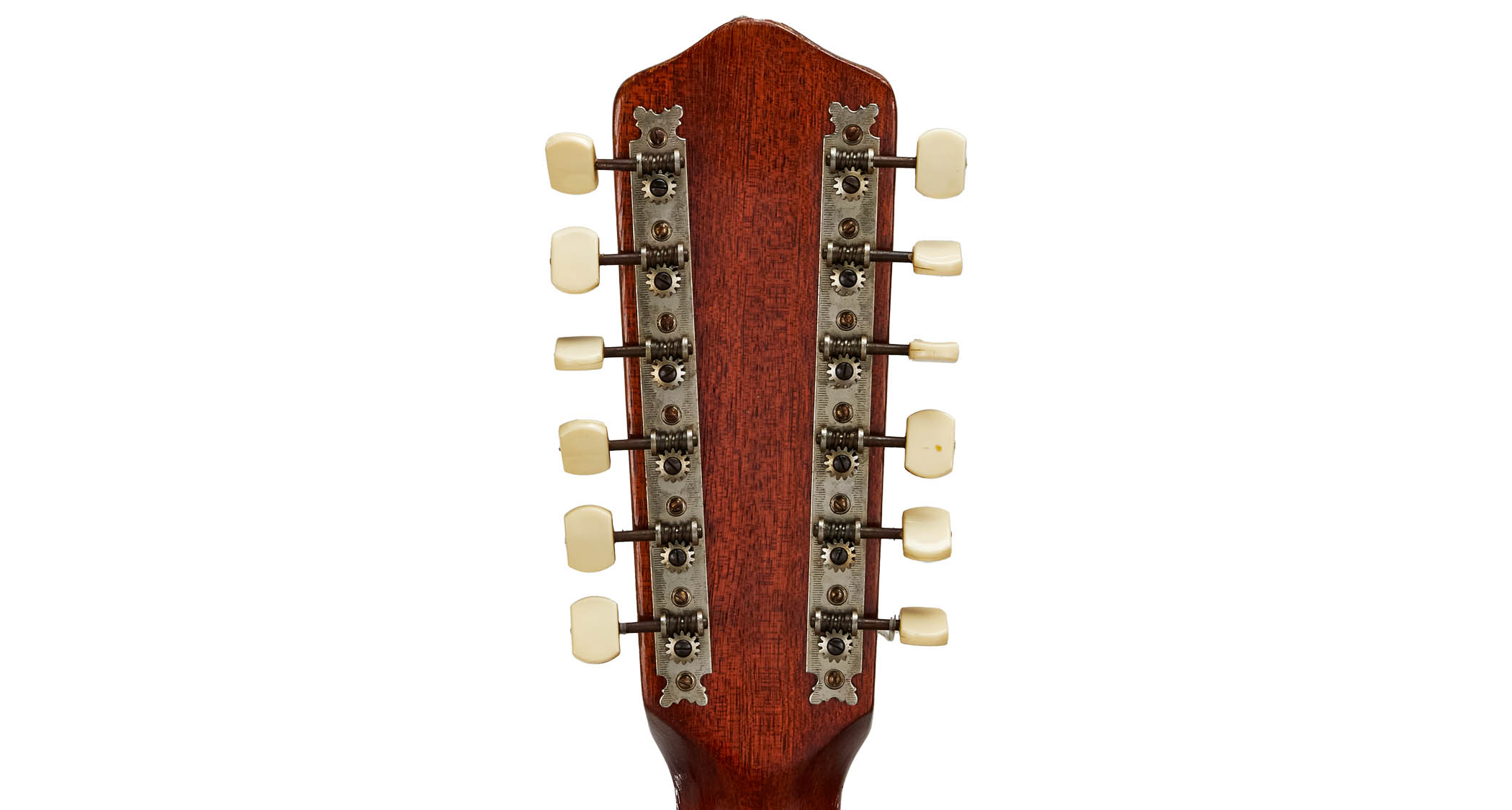
While several less auspicious Beatles instruments had previously been sold, including Harrison’s Grazioso/Futurama and Maton Mastersound, and the fretless Bartell on which he played the solo in Happiness Is A Warm Gun, the release of something so well documented on both record and film was obviously going to cause a stir.
On sale day, 29 May 2024, an unspecified buyer dipped into their pocket for an amount of $2,857,500 – so far a record for any guitar previously owned by a Beatle. With McCartney’s ‘lost and found’ Höfner bass estimated to be worth £10 million, we shudder to think what his Yesterday Epiphone Texan, John’s Get Back Casino or George’s ‘Rocky’ Strat might one day fetch.
Of course, there have been attainable reissues of all these models. And now that Framus has reintroduced the Hootenanny, you can grab a significant piece of Beatles history for a more manageable price.
- This article first appeared in Guitarist. Subscribe and save.
In the late '70s and early '80s Neville worked for Selmer/Norlin as one of Gibson's UK guitar repairers, before joining CBS/Fender in the same role. He then moved to the fledgling Guitarist magazine as staff writer, rising to editor in 1986. He remained editor for 14 years before launching and editing Guitar Techniques magazine. Although now semi-retired he still works for both magazines. Neville has been a member of Marty Wilde's 'Wildcats' since 1983, and recorded his own album, The Blues Headlines, in 2019.
You must confirm your public display name before commenting
Please logout and then login again, you will then be prompted to enter your display name.

